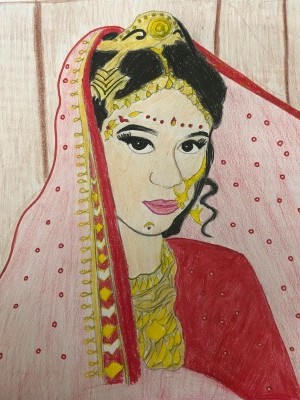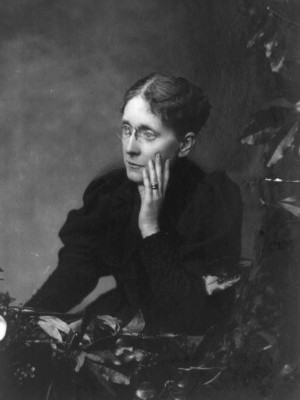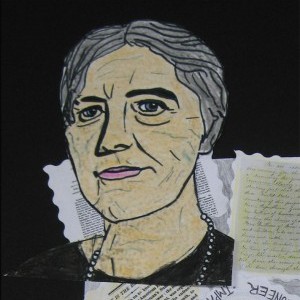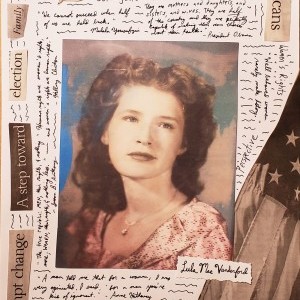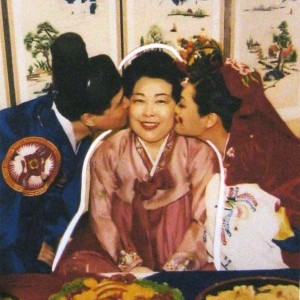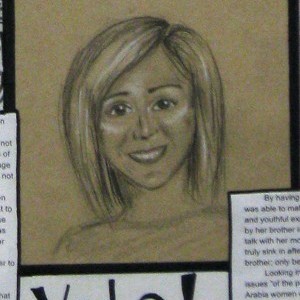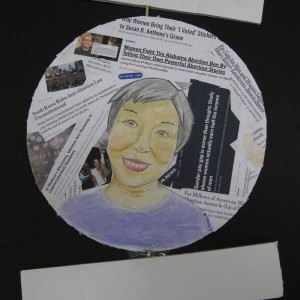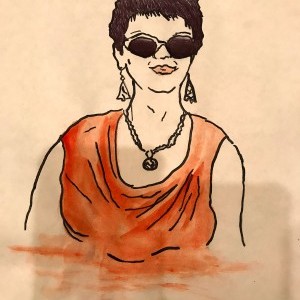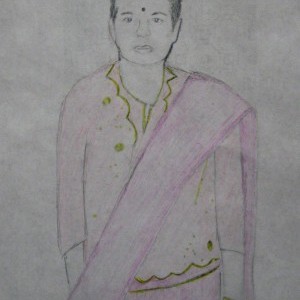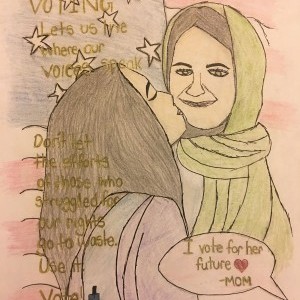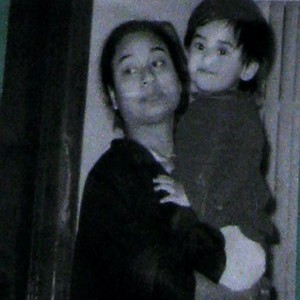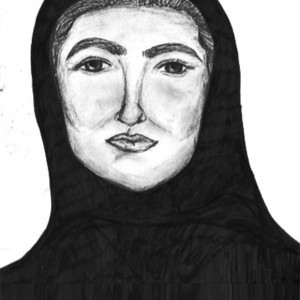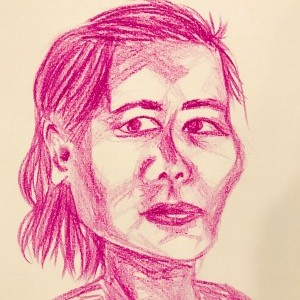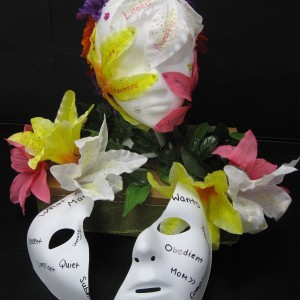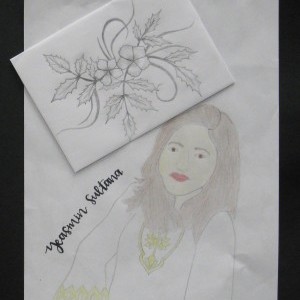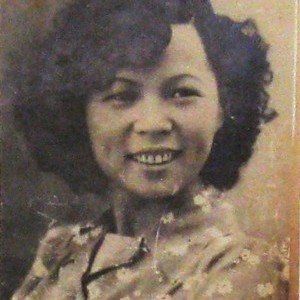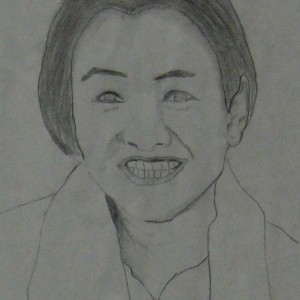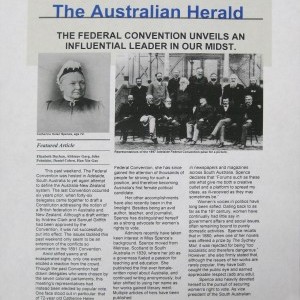Aisha Nawal, Efaz Ahmed & Aaron Brijlall
Townsend Harris High School | Flushing, NY | 11th Grade
Inspirational Family Member
My Mother
My mother was born in Bangladesh, a country located in the subcontinent of India. She was born in 1975 in Bangladesh. Bangladesh was and still is a democratic country. My grandparents wanted her to find a better life so they came to America in hopes to live the American Dream in 1984, making her 9 years old at the time. A few years later after growing up within the American system, she eventually turned of age to vote.
My mother never voted in Bangladesh but my grandmother did. The voting process in Bangladesh is very similar to how we vote today. In Bangladesh, you would walk up to the officer in the voting station and they will provide you with a paper listing the candidates of the election. They will then ask you to stamp the paper on which candidate you would like to vote for. After the page is stamped, it gets placed in the ballot box for the votes to be counted in the foreseeable future. During her time, all women could vote despite differences of gender and other factors. You had to be 18 to vote which is the same age of voting in America.
In the year of 1993, making her 18 years old, my mother voted for Bill Clinton. She then voted for Barack Obama in the years of 2008 and 2012. My mother never experienced voting in Bangladesh because she was not of age, however my grandmother did and it was quite similar to the American way of voting. According to my grandmother, in terms of women’s rights, women were not allowed to go to school due to their responsibilities of taking care of their houses and children. The men were supposed to go to school and be the breadwinners of their families. However, as time went by, women’s rights began flourishing which gave women more rights to do things they couldn’t before, such as voting.
Although my mother and grandmother both experienced voting, they were both of different times for my grandmother lived with more of a conservative style of living in contrast with my mother’s liberal style of living.
Historical Figure I Admire
Frances Willard
Frances Elizabeth Caroline Willard was born on September 28, 1839 in Churchville, N.Y. She grew up from the age of two in Oberlin, Ohio, and from six in Janesville, Wisconsin Territory. She was a very independent child and was very strong-willed. She then enrolled at the Milwaukee Female College in 1857 but then transferred to the North Western Female College in Evanston, Illinois. She graduated in the year of 1859 and taught in school for several years. She then settled in Evanston. She was named president of the new Evanston College for Ladies which was a Methodist institution closely associated with Northwestern University. That college eventually got absorbed by Northwestern University in 1873, in which she then became the dean of women and professor of English and art. Her constant conflicts with the University’s president (Charles H. Fowler) made her resign in 1874.
Around that time, a group of women invited her to become the president of their temperance organization and was then chosen corresponding secretary of the national Woman’s Christian Temperance Union (WCTU). She became a well known speaker about the movement and so it resulted in her becoming the head of the national WCTU’s publications committee in 1876. She lectured widely on women’s suffrage for a year before being elected president of the Illinois WCTU in 1878. At the national WCTU’s 1879 convention, she became the president of the WCTU and claimed that role for the rest of her life. She wrote frequently for periodicals and for WCTU publications. In the last years, she spent much of her time in England where she came under the influence of the Fabian socialists. Finally, in 1905, a statue of her was created by Helen Farnsworth Mears and became one of Illinois’ two submissions to Statuary Hall in the U.S. Capitol.
During her time period, Willard played an active role in the women’s suffrage movement - specifically the temperance movement. By being secretary of the Women’s Christian Temperance Union (WCTU) she was able to have an impact on daily social lives which eventually also affected the economy. In other words, an emphasis was placed on the temperance movement, which was against the consumption of alcoholic beverages. This was due to numerous men falling under the influence of alcohol and spending their wages upon such substances rather than supporting their families. In the early 1800s, once women were married, they lost their right to own property, their right to keep their own wages, and the right to sign a contract. The men seemed to have control over all aspects of their lives. In order to retaliate against such behavior, social movements such as the temperance movement came into place. As a result, the economy would also prosper as more people worked rather than stay home and not play such a prominent role due to their addiction. Not only that, but as the era progressed, women began to play greater roles in society and advocate for their rights and minorities. This was a great change as women began to also advocate for other rights such as voting, and against other discriminatory laws. Willard was able to pose as a leader for women in general and other minorities in order to advocate for those rights.
Willard had a huge influence of the suffrage movement. She urged them to work on the local level to achieve the vote rather than focusing on the constitutional amendment. This won her numerous gains and made many women join the movement as well. In addition, under her leadership, the WCTU supported broad social reforms such as equal pay for equal work, world peace, an eight-hour work day, dress and jail reforms, protection of women and children while working, uniform marriage and divorce laws, and finally physical education in grade schools. Although she focused on women’s suffrage, she did support other causes as well. For the 19 years she was president of the WCTU, she promoted many aspirations for women which consisted of higher education, choice of vocation, and equality of opportunity along with suffrage and temperance for women. She made a huge impact on the rights we have today pertaining to the causes listed previously.
What the Project Means to Me
Subsequent to my research on two women whose efforts help to embody the women’s suffrage movement, I learned of not only the enormous challenges that women had to conquer in order to get what they deserved, but also how their efforts are widely influential now. They struggled in an environment that mostly did not see their cause, but with their unification, perseverance, and intelligence, they would succeed. Connecting both the accomplishments and hardships of women in history to the stories of women in our own family is essential, as it gives meaning and importance to women’s suffrage. Today we can clearly see that the women whom we cherish and love in our families are able to express their voting rights because of the women who fought in the past. Making these connections also help to glorify the efforts of these women. We are able to give their work meaning since it contributes to the improved conditions of modern women and also serves as an inspiration to women of the future and present-day still fighting for their rights. However, these advocates weren’t only fighting for the improvement of conditions for women, they fought for the improvement of the political, social, and economic health of the nation itself. This translates to the importance of voting overall, as we are able to see why it is necessary for everyone to be able to express their right to vote at any level. Voting maintains a healthy relationship between the public and government where everyone is able to make propositions on the changes they want to see. In history, we see that women and men were willing to suffer in order to get their right to vote, and by voting, we will not only protect our nation but also allow the dreams of those who have fought for voting rights in history become a reality.
Explore the Archive
More From This Class
Click on the thumbnails below to view each student's work.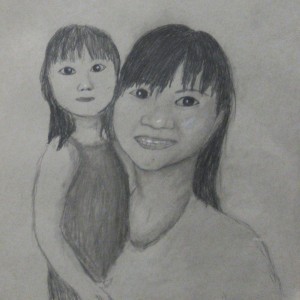
Vivian Chen, Josephine Chen, Ivan Chan, Zafirah Rahman, Neeharika Reddy, Daniel Shi, Daniel Shi, Jacqueline Cho & Osiris Guerrero
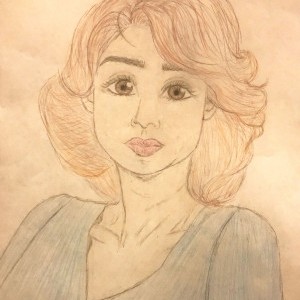
Jennifer Moran, Adebola Ademola, Julia Hong, Vicki Kanellopoulos, Inga Kulma, Maimunah Virk, Deborah Molina & Kailey Van
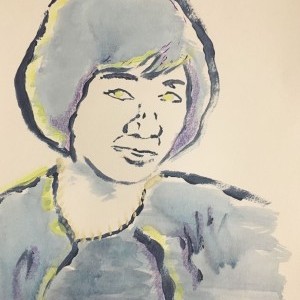
Kristina Chang, Sarah Chowdhury, Bethany Leung, Letian Fang, Cathy Choo, Kelly Chan, Emily Tan, Adamary Felipe & Kenney Son
Deadline Extended
There's still time to join Women Leading the Way.
Become a part of our storytelling archive. Enroll your class today.
Join the Project

